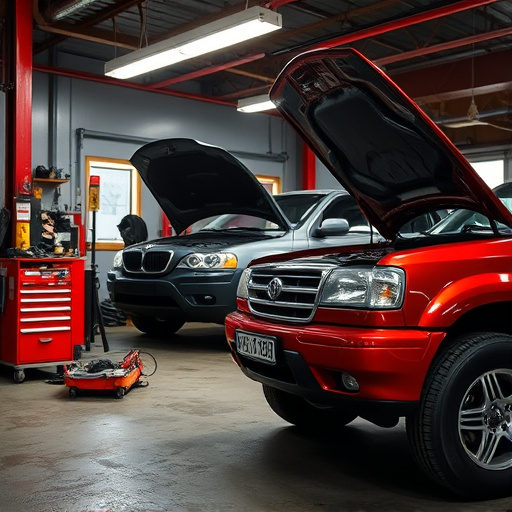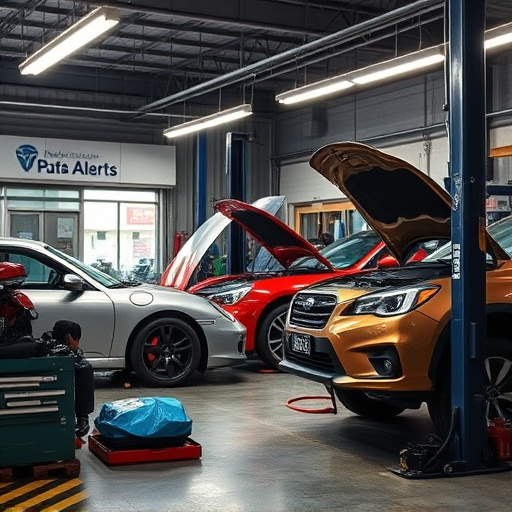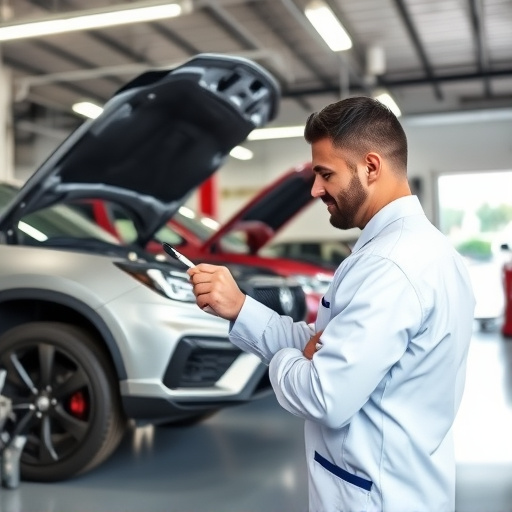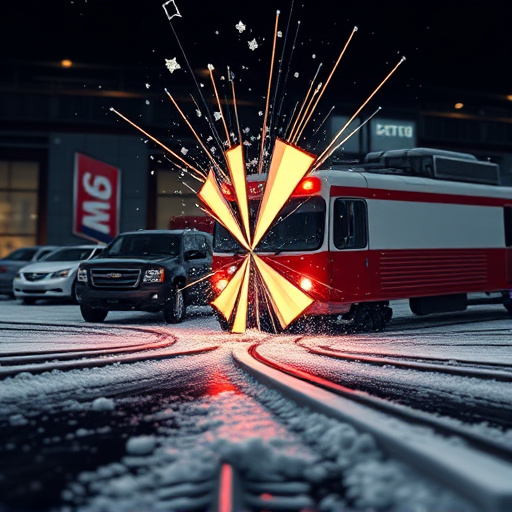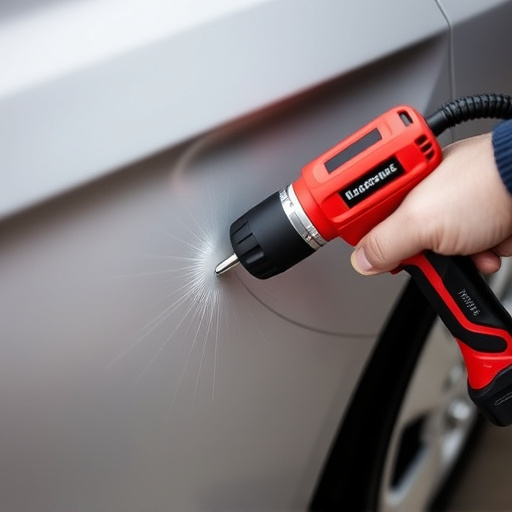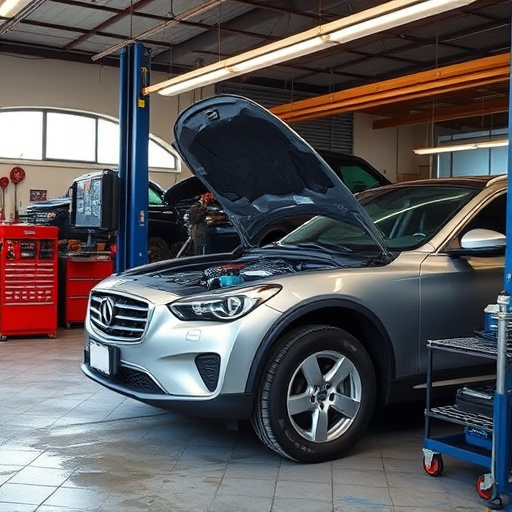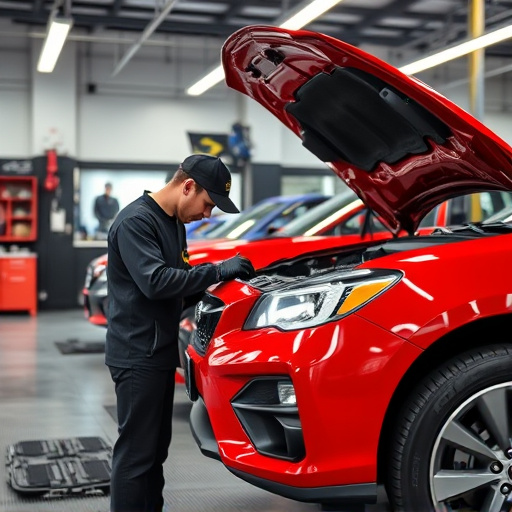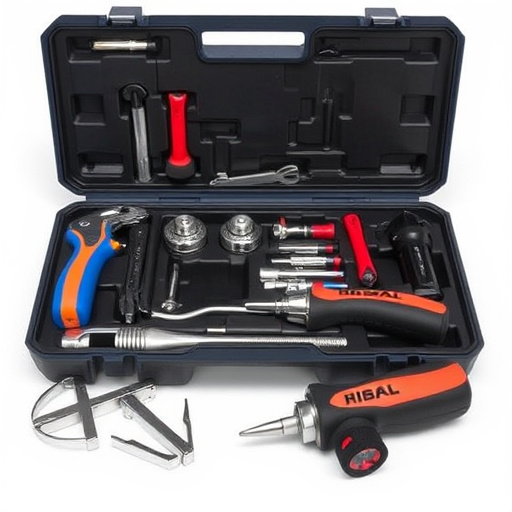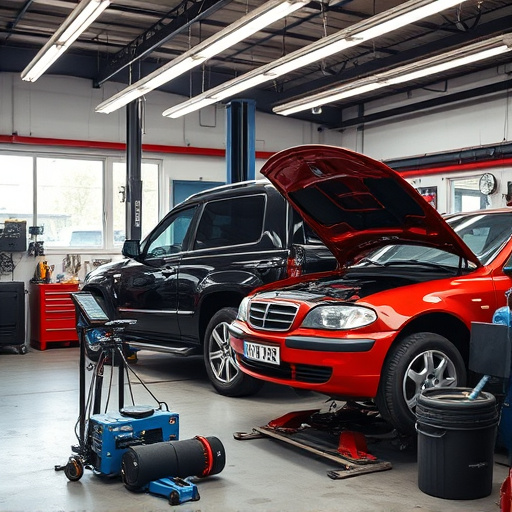Achieving high-quality auto body repairs requires understanding and adhering to OEM specifications for auto body seam sealers. These guidelines ensure structural integrity, durability, and aesthetic accuracy by dictating material composition and application techniques. Choosing the right sealer, with features like compatibility, resistance to environmental factors, and high bond strength, is crucial for restoring vehicles to factory-like conditions, enhancing both quality and longevity.
Auto Body Seam Sealers That Meet OEM Specifications: Ensuring Quality in Vehicle Repairs
When it comes to repairing and restoring vehicles, auto body seam sealers play a crucial role in achieving factory-like finishes. Understanding OEM (Original Equipment Manufacturer) specifications is essential for professionals to select the right sealers that match the quality and performance of original parts. This article delves into the key aspects, including the importance of OEM standards, critical features to consider, and practical tips for choosing and applying auto body seam sealers effectively.
- Understanding OEM Specifications for Auto Body Sealers
- Key Features of Effective Seam Sealers
- Selecting and Applying the Right Auto Body Sealant
Understanding OEM Specifications for Auto Body Sealers
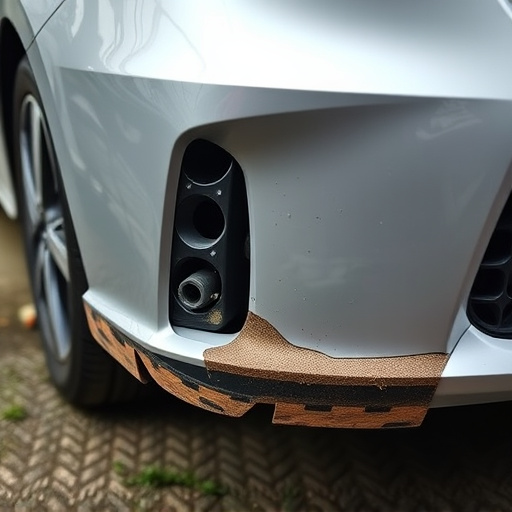
When it comes to auto body seam sealers, understanding OEM (Original Equipment Manufacturer) specifications is paramount for achieving high-quality repairs that match the vehicle’s original standards. These specifications are meticulously designed to ensure structural integrity, durability, and aesthetic precision. They cover a range of factors, from material composition to application techniques, ensuring that every component meets the exacting demands of the automotive industry.
For instance, in Mercedes-Benz collision repair or car restoration projects, adhering to OEM standards is crucial for maintaining the vehicle’s reputation as a symbol of superior craftsmanship. This involves selecting sealers that not only match the original material but also comply with the manufacturer’s guidelines for bonding strength, flexibility, and resistance to environmental factors like moisture and UV exposure. By embracing these specifications, auto body technicians can deliver repairs that are virtually indistinguishable from the factory-built components, enhancing the overall quality and longevity of the vehicle.
Key Features of Effective Seam Sealers
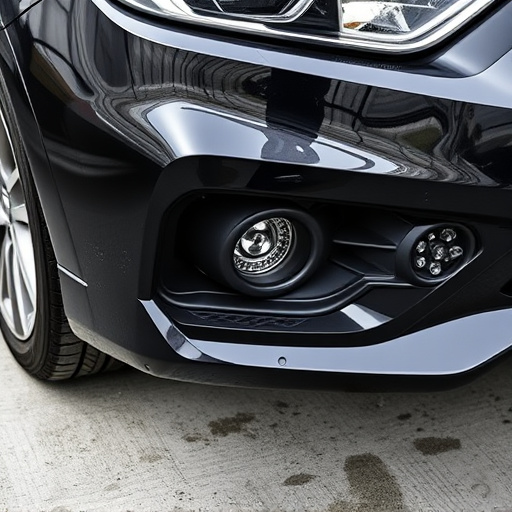
Auto body seam sealers are not just any ordinary adhesive; they are specialized products designed to meet the stringent requirements of Original Equipment Manufacturer (OEM) specifications. When choosing a sealer, several key features ensure optimal performance and long-lasting results in car repair services or car restoration projects. One of the most crucial aspects is compatibility; effective sealers must be able to adhere to various automotive surfaces without fail. This includes not just metal but also plastic and composite materials commonly found in modern vehicles.
Additionally, resistance to environmental factors such as extreme temperatures, UV rays, and chemicals is vital for outdoor applications, especially during car paint repair processes. A high-quality sealer should offer excellent bond strength, ensuring that seams remain intact under various conditions. Moreover, it should provide a seamless finish, both aesthetically and functionally, maintaining the vehicle’s structural integrity. With these features in mind, auto body seam sealers play a significant role in ensuring the durability and safety of repaired or restored cars.
Selecting and Applying the Right Auto Body Sealant
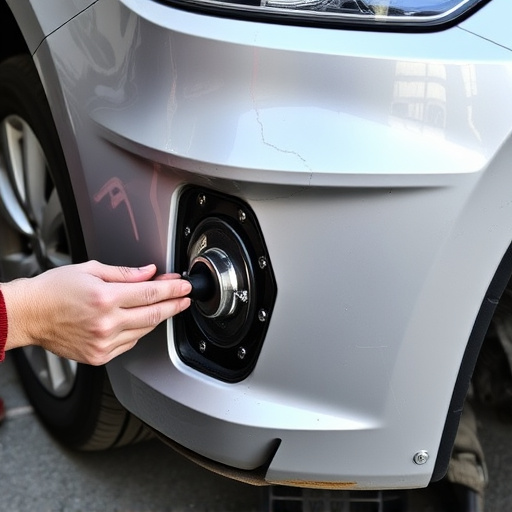
Choosing the ideal auto body seam sealer is a meticulous process that requires understanding your vehicle’s specific needs and adhering to Original Equipment Manufacturer (OEM) standards. The right sealer, whether for a car scratch repair or comprehensive car body repair, ensures durability, water resistance, and seamless integration with existing components.
While selecting an auto body sealant, consider factors like the type of material it’s designed for (plastic, metal, fiberglass), environmental conditions where your vehicle operates, and the level of exposure to extreme temperatures and UV rays. Professional-grade sealants from reputable manufacturers often offer clearer finishes, superior adhesion, and longer lasting protection compared to lower-quality options. Applying these sealers requires careful preparation of the seam, following manufacturer instructions for application methods, and allowing adequate curing time to ensure maximum effectiveness in protecting your vehicle’s structural integrity.
Auto body seam sealers that meet Original Equipment Manufacturer (OEM) specifications are crucial for achieving durable, high-quality finishes on vehicle repairs. By understanding OEM standards and selecting sealants with key features like weather resistance and strong adhesion, you can ensure long-lasting results. Proper application techniques further optimize performance. Armed with this knowledge, you’re better equipped to choose and use the right auto body seam sealant for superior craftsmanship.

